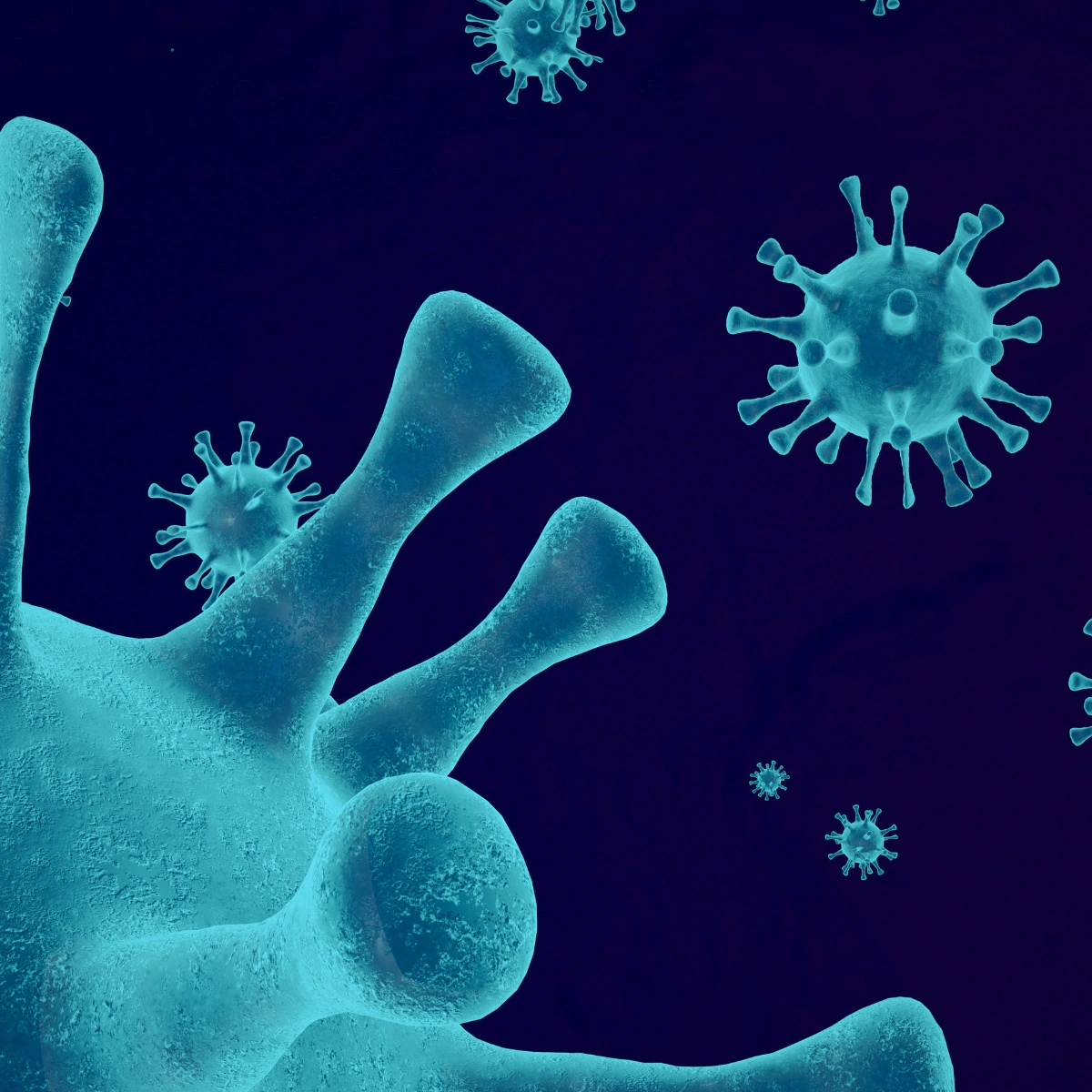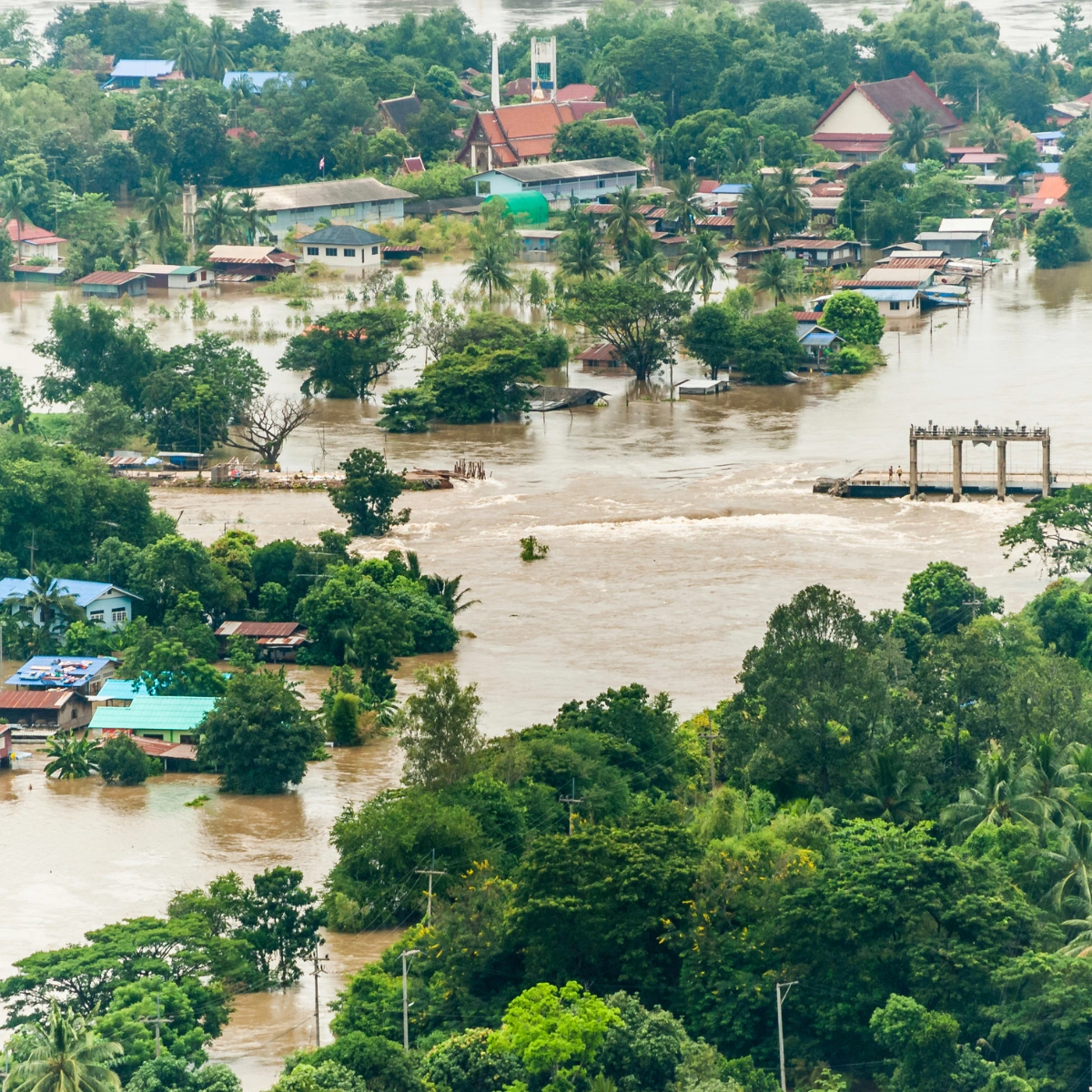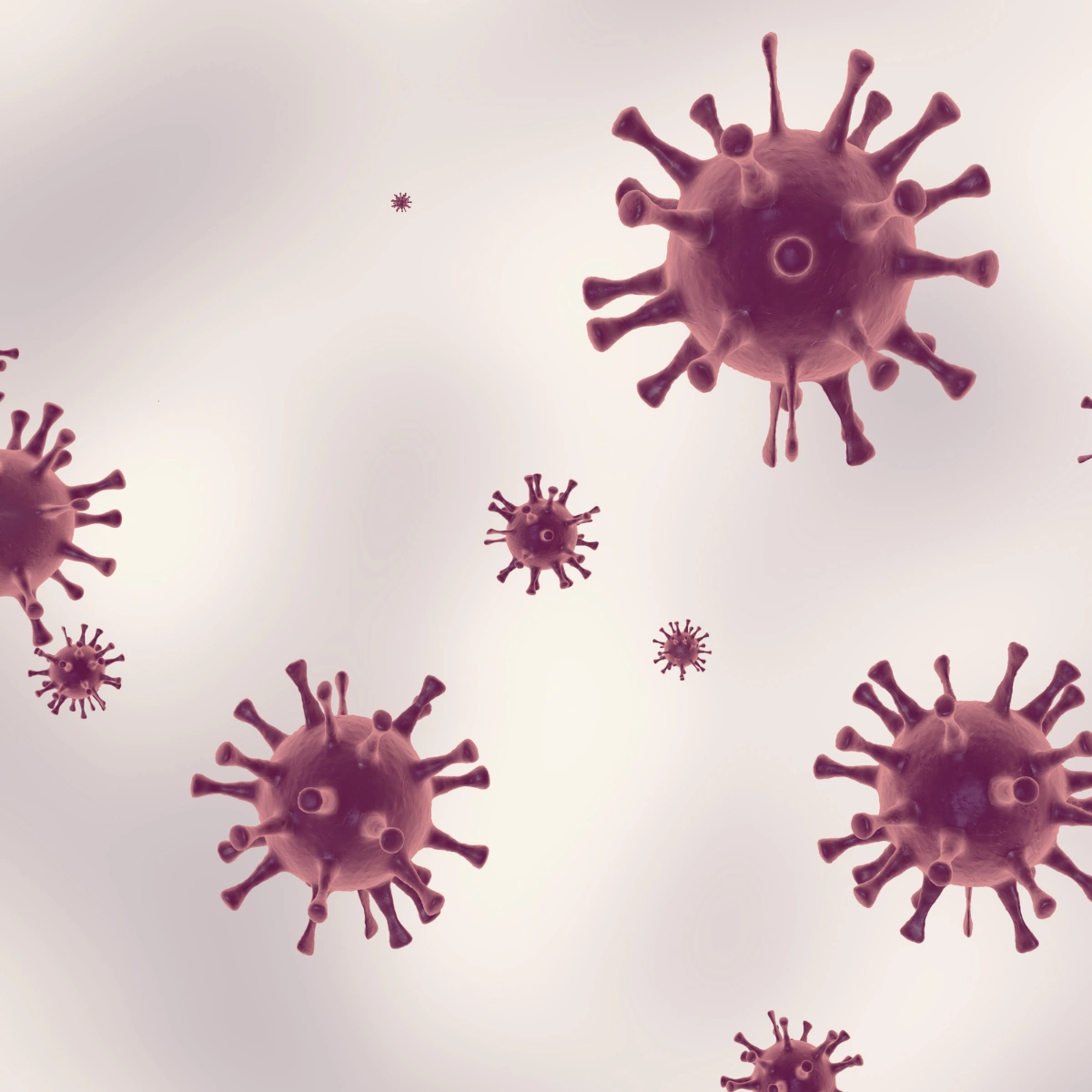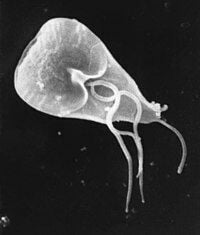Flood borne diseases in Thailand that you should watch out for

Thailand’s monsoon season lasts from May to October, bringing heavy rains and a higher risk of flood-related diseases. With more than 70% of the country facing annual floods, stagnant water becomes a breeding ground for mosquitoes and other disease carriers. This leads to more cases of illnesses like dengue fever, leptospirosis, and cholera. For instance, in 2020, Thailand reported over 100,000 dengue fever cases, showing the need for awareness and prevention.
Floods also pollute water sources, increasing the risk of infections and affecting millions of people. Understanding how flooding spreads diseases is important for communities to take action. By knowing the risks of floodwaters and using prevention strategies, residents can better protect their health and that of their families during this risky time.

Thailand’s monsoon season raises the risk of diseases spread by floods, as standing water creates perfect places for germs to grow, leading to diseases that can cause serious health issues. To fight these health risks, the Ministry of Public Health stresses the need for good sanitation and teaching communities about hygiene practices. Understanding how flooding connects to disease spread is essential for protecting public health in Thailand.
Water-borne diseases in Thailand

Waterborne diseases are illnesses caused by harmful germs in contaminated water. In Thailand, floods can introduce these germs into drinking sources, leading to serious health issues like leptospirosis, cholera, and typhoid fever. The Department of Disease Control reports a rise in leptospirosis cases during floods, with over 2,600 patients in recent years. Key symptoms include fever, diarrhoea, and vomiting, making it vital to recognise them early for effective treatment.
What is the most common water-borne disease?
Cholera is a common waterborne disease in Thailand, especially during the monsoon season when flooding contaminates water supplies. It spreads quickly through contaminated food and water, particularly in areas with poor sanitation. Symptoms include severe watery diarrhoea and dehydration, which can become life-threatening without quick medical attention.

What are three major waterborne diseases?
In Thailand, three major waterborne diseases are cholera, leptospirosis, and typhoid fever.
- Cholera: Cholera occurs when people consume contaminated water or food. It leads to severe diarrhoea and dehydration.
- Leptospirosis: This disease spreads through contact with contaminated water. Symptoms include fever, muscle pain, and, in severe cases, kidney damage.
- Typhoid Fever: This illness transmits through contaminated drinking water or food. Symptoms include high fever, stomach pain, and weakness.
What is the water problem in Thailand?
Thailand’s water problem primarily arises from seasonal flooding. Floods often contaminate drinking water sources with harmful pathogens and pollutants. This contamination increases the risk of waterborne diseases, especially in rural areas where sanitation infrastructure is inadequate. Ensuring access to clean water during floods is crucial to reducing these health risks.
What bacteria is in the water in Thailand?
Floodwaters in Thailand often contain harmful bacteria such as Escherichia coli (E. coli), Vibrio cholerae, and Salmonella. These bacteria can lead to severe gastrointestinal illnesses and other health issues. To ensure safety, always boil water or use purification tablets before drinking.
What water parasite is in Thailand?
Giardia lamblia is a common water parasite found in Thailand. It causes giardiasis, leading to symptoms like diarrhoea, cramps, and nausea. To prevent infection, always drink water from safe sources. Alternatively, purification methods such as boiling or filtering can be used.

What are the water-borne diseases that cause death?
Severe cases of cholera and typhoid fever can be deadly if not treated. Cholera is caused by a germ called Vibrio cholerae and leads to extreme dehydration from very watery diarrhea. If not treated quickly, it can kill someone in just a few hours.
Typhoid fever is caused by Salmonella typhi and can cause serious problems like holes in the intestines and blood infections. Both can be life-threatening. It’s very important to get medical help right away. Rehydration therapy is needed for cholera, while antibiotics help with typhoid fever. Around 2.2 million people die from waterborne diseases each year, showing how important clean water and good healthcare are to prevent these diseases.
What are the risks of disease in Thailand?
During Thailand’s monsoon season, spanning from May to October, the risk of various diseases increases due to flooding and stagnant water. Contaminated water sources can lead to gastrointestinal illnesses such as cholera and typhoid fever. Additionally, stagnant water serves as a breeding ground for mosquitoes, elevating the chances of dengue fever transmission. To mitigate these health risks, it is essential to:
- Stay updated on vaccinations: Ensure that vaccinations for diseases like cholera and typhoid fever are current.
- Use mosquito repellents and nets: Protect against mosquito bites by using repellents and sleeping under nets.
- Adhere to public health guidelines: Follow recommendations from health authorities regarding water safety and hygiene practices.
Disease spread by floods

Floods can spread many diseases in Thailand, specifically during the monsoon season. Let’s learn about these diseases and how they can affect you.
What diseases can floods cause to the skin?
Floodwaters can cause skin infections if they contain harmful bacteria or parasites. Cellulitis may develop when bacteria enter through cuts or wounds. Fungal infections like athlete’s foot are also common from wet skin. To avoid these, it’s important to keep your skin clean and dry after coming into contact with floodwaters.
Can you get sick from a flood?
Yes, floods can make you sick. You’ll encounter bacteria, viruses, and parasites in contaminated water. Drinking or even touching floodwater can result in infections like gastroenteritis.
What are the communicable diseases during disaster?
Communicable diseases during floods include cholera, gastroenteritis, hepatitis, and skin infections. Mosquito-borne diseases like dengue fever and malaria also become more prevalent due to stagnant water.
Can you get Hepatitis from flood water?
Yes, hepatitis A and E can spread through floodwater. These viruses are transmitted when floodwaters are contaminated with sewage, posing a risk of infection from contact or drinking unclean water. To stay safe, drink only clean, boiled, or bottled water and avoid direct contact with floodwaters.
What is the skin parasite in Thailand?
In Thailand, hookworm is a common skin parasite that enters the body through the skin, usually when people walk barefoot on contaminated soil. This infection often starts with itching and a rash where the parasite enters. To avoid hookworm, it’s important to wear closed-toe shoes and stay clear of walking barefoot in areas prone to flooding or soil contamination. Simple preventive measures like this can help protect against infection.
What parasite infection in Thailand?
A common parasitic infection in Thailand is leptospirosis, caused by the bacteria Leptospira. It spreads through direct contact with contaminated water, particularly during flooding. Symptoms can include high fever, muscle aches, jaundice, and, in severe cases, kidney damage or meningitis. To reduce the risk of infection, avoid walking through floodwaters and use protective gear such as gloves and boots when necessary.
Vector-borne diseases in Thailand

Vector-borne diseases are a significant health concern in Thailand, particularly during the rainy season. Mosquitoes and other insects spread diseases like dengue fever, malaria, and chikungunya, posing serious risks to public health.
What are 4 major diseases that are vector-borne?
In Thailand, four major vector-borne diseases pose significant health risks:
- Dengue fever: peak during the rainy season. Symptoms include high fever, severe pain, and joint pain.
- Malaria: Mostly found in forested areas. Symptoms are high fever, chills, and sweating.
- Chikungunya: causes severe joint pain. Other symptoms are similar to dengue fever.
- Zika Virus: mild fever, rash, and joint pain. Can cause birth defects if contracted during pregnancy.
What countries are most affected by vector-borne disease?
Countries in tropical and subtropical regions face the highest burden of vector-borne diseases.
- Thailand: High incidence of dengue and malaria
- India: Endemic for dengue, malaria, and chikungunya
- Brazil: Frequent dengue and Zika virus outbreaks
- Indonesia: Severe dengue and malaria cases
How can we protect vector-borne disease?
To protect against vector-borne diseases, take the following measures:
- Use insect repellent: Apply repellents containing DEET, picaridin, or oil of lemon eucalyptus on exposed skin.
- Wear protective clothing: Wear long sleeves and trousers to minimise skin exposure, especially during peak mosquito activity times.
- Sleep under mosquito nets: Use insecticide-treated nets to prevent bites while sleeping.
- Stay informed: Keep up with local health advisories to avoid areas with high disease risk.
- Seek medical attention: If you experience symptoms like high fever or severe joint pain, consult a healthcare provider promptly.
During flood season in Thailand, it’s essential to be aware of diseases such as dengue fever, leptospirosis, cholera, and hepatitis A. Taking preventive measures, such as avoiding contaminated water, using mosquito repellent, and maintaining good hygiene, can significantly reduce your risk of infection. Staying informed and vigilant is key to protecting your health during this time.
For more information, check out our article about common diseases in Thailand for essential insights and tips for prevention.
Other articles about flooding in Thailand
Latest Thailand News
Follow The Thaiger on Google News:


























